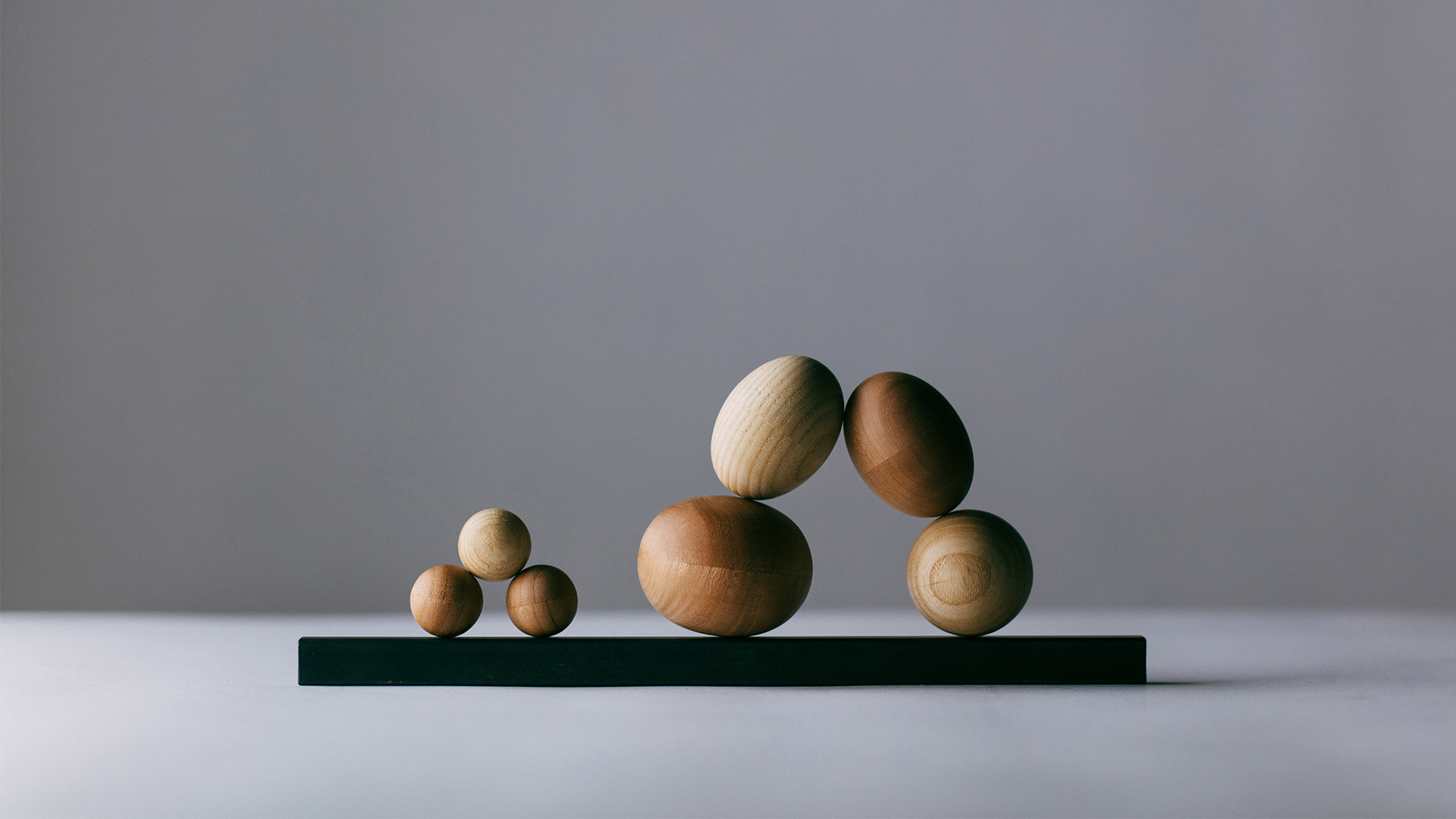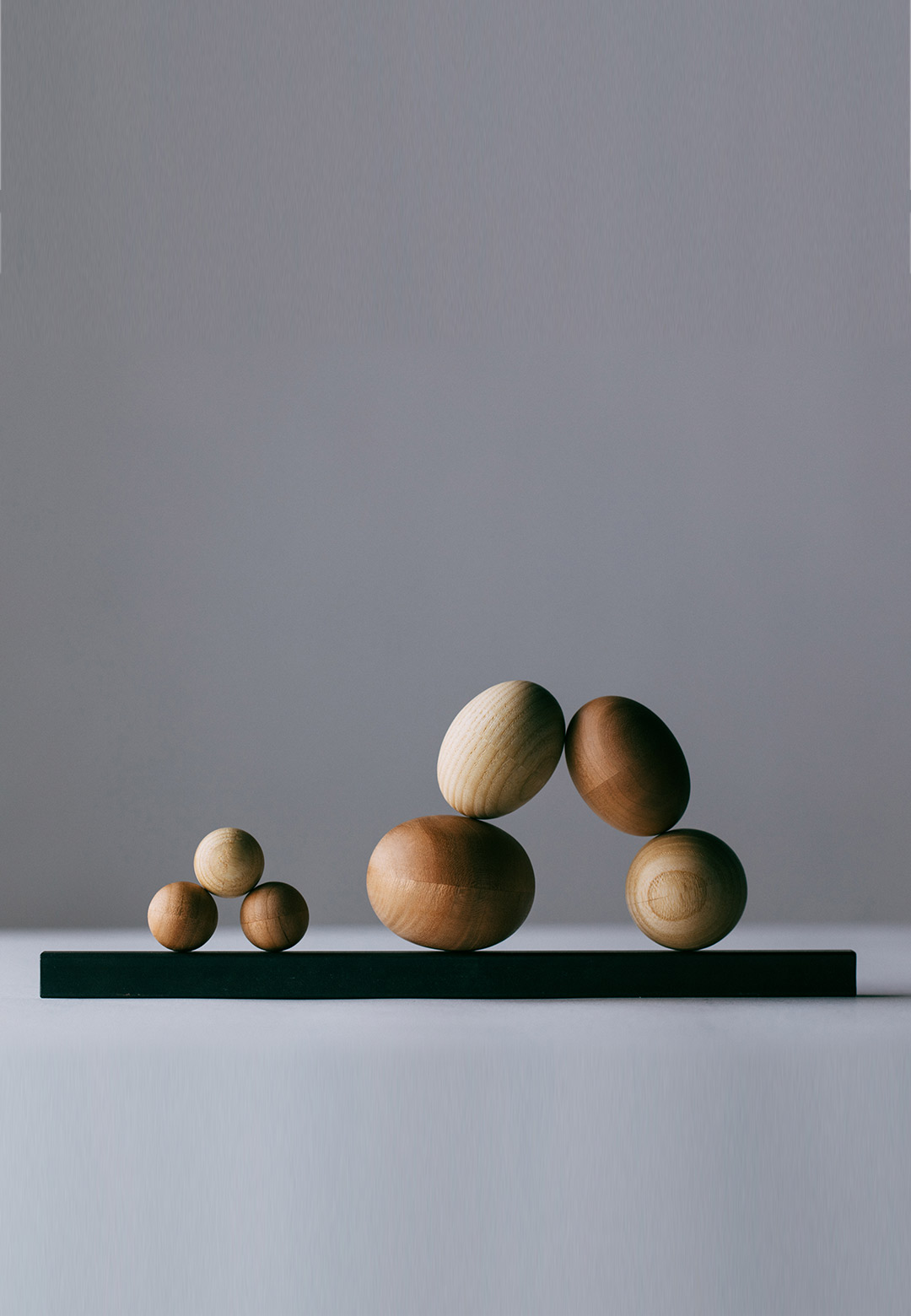Often, the most cherished memories of one’s childhood are also the simplest ones. Recollecting expensive excursions and extravagant toys seldom stir up the same sentimentality as those brought on by the remembrance of scavenging expeditions led by us with our cousins and friends, in pursuit of some of the most mundane bits and scraps hidden away in one’s household. These discards, often remnants of the plethora of industrial goods that are now strewn across our homes, would often be collected and elevated to the status of treasures. One such beloved asset includes the fragments of magnet pieces that would come off from old ovens and heaters periodically, and eventually collected by children. This scavenged treasure—albeit fragmented—not only facilitated our earliest lessons in physics but also informed us of its potential as a cohesive agent.
As a child, I would often scout the local stores for attractive and innovative toys that employed the usage of magnets. However, the ones on sale were often restrictive in their provisions and would seldom manage to retain the free rein proffered by magnet bits, both in terms of creativity and experimentation. A recently developed product design that reminded me of such nascent fancies is Newtons Station by Japan-based StudioYO. The design studio, made up of Yoh and Kyoko Mizoguchi, was founded in 2018. Enunciating upon the studio’s purpose of bringing people close to nature through various means and mediums, the duo says, “Works of art can take root in our lives as tools do. Tools, as well, can enrich our day to day as works of art do. Based on this conviction, we produce creative works that harness the natural features and environment of Japan, traditional crafts, and industrial techniques.”
StudioYO’s Newtons Station comprise two products. While the first iteration, referred to as Newtons, comprises a bar upon which ovoid wooden pieces encasing magnets can be arranged, the second, referred to as Newtons Station, consists of a decagon metal frame upon and around which the wooden pieces can be arranged. The primary purpose of creating the two iterations was the preservation of traditional craftsmanship, namely the turnery techniques developed in the Shizuoka Prefecture in Japan. In order to make the product relevant for modern households, the designers decided to beautify it and make it an ‘intelligent’ product that can be interacted with. Hence, the infusion of magnets within the carefully chiselled pieces.
Referring to the decline in turnery techniques, the designers share, “Turnery is often used to construct soup bowls. However, since 1864, the Shizuoka turnery has been used for small and delicate jobs, for example, architectural ornamentation, furniture knobs, and doll tools. These fine techniques are still being used currently. Unfortunately, the use of turned products is declining owing to the availability of cheap mass-produced items, yet craftsmen are still fighting to pass on their knowledge and skills to the next generation.” Newtons, developed in collaboration with turnery craftsman Masaki Kishimoto, is another such attempt to preserve the archaic crafting technique. Each ovoid entity within the Newtons Station is made out of two pieces which are delicately glued together and polished. Each piece is left unpainted, hence bringing out its natural texture.
Although the usage of wood to create this product (that covers magnet bits) increased the production time, the Japanese designers were keen on utilising this material. “We wanted to cherish the sense of tranquillity and the ageing of living things one feels upon touching trees with bare hands―something that has been ingrained into our sensibilities since ancient times,” they shared. Made out of walnut wood and neodymium magnets, the design draws inspiration from a number of entities in addition to the overarching utilisation of Shizuoka turnery techniques. Some of these include natural objects such as river stones, fruits and eggs; elements from Stanley Kubrick’s films; and Newton’s Cradle.
When asked why the designs were titled Newtons and Newtons Station, the product designers referenced Isaac Newton and said, “It may be an exaggeration, but when we feel magnetism and gravity, we are aware that we are on earth, and we can even think about the universe. With this in mind, we named the product Newtons. When we think, we move our heads and hands. We believe that Newtons can be a tool for this purpose. I believe that something can be felt while moving one's hands while feeling something invisible, or while becoming mindless, e.g., to the day when Isaac Newton discovered gravity watching an apple fall.”
While the wooden pieces can be stacked on a bar in the Newtons edition, Newtons Station allows for these entities to be ‘stacked’ and ‘hung’ in various directions. The magnetic force that pulls them upward imbues the product with a novel sensation and projects the impression that these objects are free from the laws of gravity. The designers assert that these playful products were not conceived with practical functions in mind. Instead, the designer duo intends for users to prick their minds with regard to their arrangement and usage. They can either be assembled together to build art objects, or used as stands and pins across one’s home and office.
Newtons Station is also unique due to the usage of curved surfaces in tandem with magnets. Typically, when a magnet is integrated into a product, its surfaces are kept flat to facilitate balanced adsorption. The curved surface of the Newton pieces leads to a fluctuation, with the surface not remaining stable while adsorbing. “The fluctuating characteristic makes the Newtons objects seem like they are alive, creating a mild sense of discomfort with regard to space. We aimed for such ‘unnatural beauty like nature.’ Newtons may even become a piece of everyday art,” Yoh Mizoguchi shares. In case the magnetic force of these pieces weakens over time, the attraction can be regained by adsorbing it with another magnet with a stronger magnetic force.
Yoh and Kyoko Mizoguchi, who have a four-year-old daughter, hope to continue working in a manner that is beneficial for their child and for future generations. Speaking about their future ambitions, the designers share, “Looking ahead to the circular economy, we will need creations that successfully combine analogue and high-technology. Since ancient times, Japan has cultivated a minimalist lifestyle and craftsmanship that makes good use of nature. I feel that there are important hints to be found there as well. The world is facing complicated problems, but I would like to aim for creations that contribute to the earth and its culture. In addition to our ongoing projects in Japan, we are eager to work on projects abroad in the future.”






 Sign in with email
Sign in with email










What do you think?